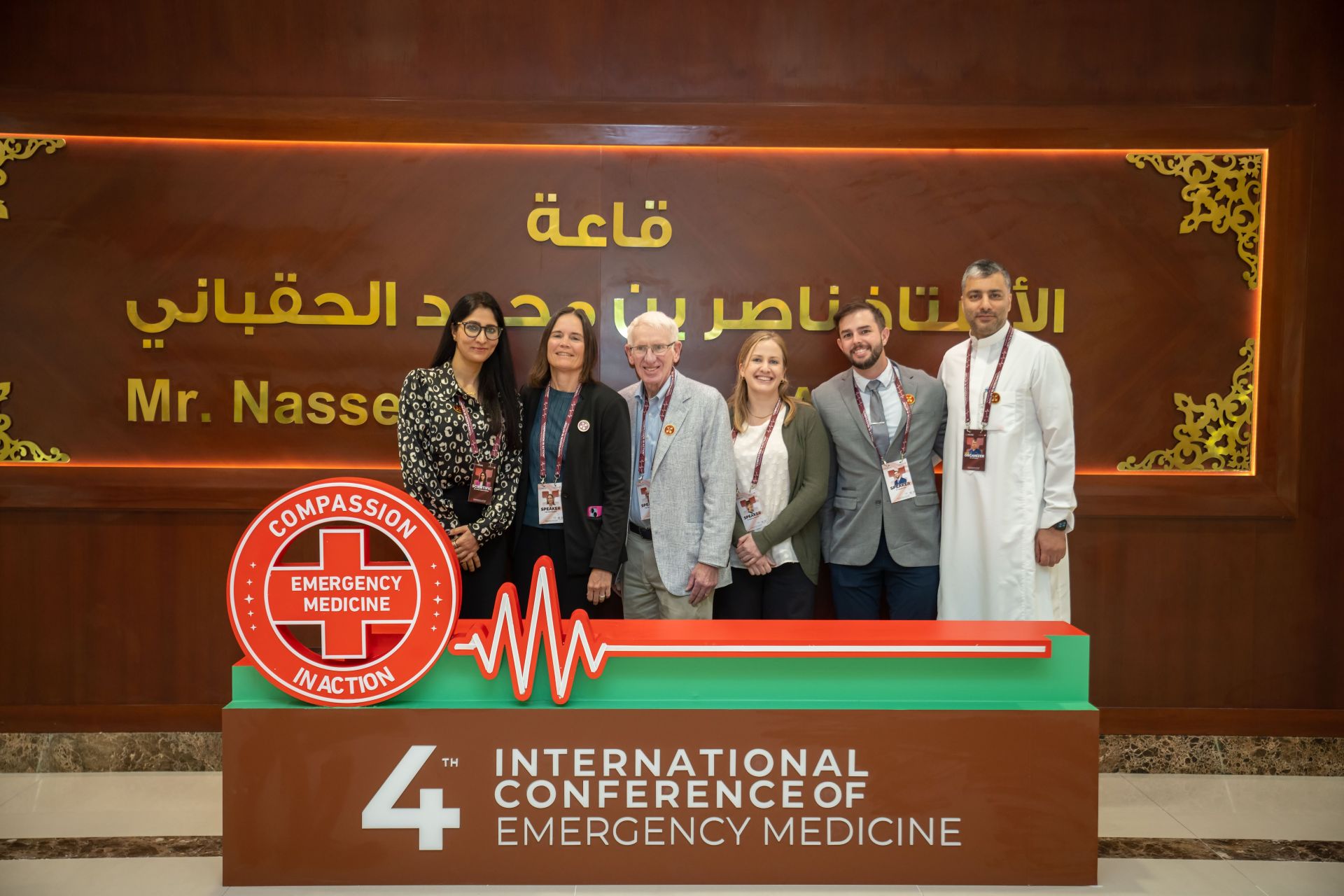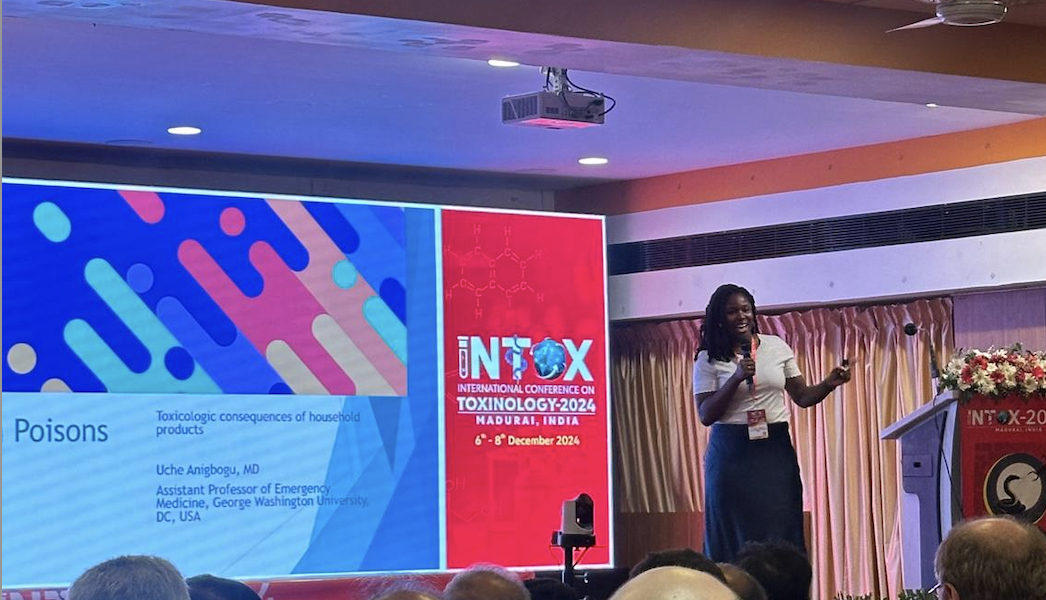Research
Research is central to how we advance emergency care globally. Our Global Emergency Medicine team conducts applied, collaborative research that examines how emergency care is delivered, evaluates interventions that improve patient outcomes, and strengthens the evidence base for emergency medicine in low- and middle-income settings. Our work spans implementation science, operational research, and clinical outcomes, always focused on generating findings that can be translated into real-world improvements.
Through rigorous data collection, analysis, and dissemination, we help partners adopt evidence-based approaches to emergency care delivery, expand the use of standardized guidelines, and measure the impact of system improvements over time. Our teams also mentor local clinicians, trainees, and researchers, building research capacity within institutions and supporting the development of future leaders in global emergency medicine scholarship.
By focusing on practical research that informs action, we help strengthen the evidence base for emergency care and support sustainable change. The result is better decision-making, stronger health systems, and improved outcomes for patients and communities.
Publications from GW Faculty
See more here for a list of research publications from our faculty.
Featured Research

Second year GEM Fellow, Dr. Aubrie Ford and Faculty Dr. Mallika Manyapu, alongside colleagues in Rwanda appeal for increased research into gender equity within the African healthcare workforce, specifically focusing on Anesthesia, Emergency Medicine and Critical Care. This research advocates for targeted funding, structural reforms and commitment from medical journals to amplify diverse voices.

